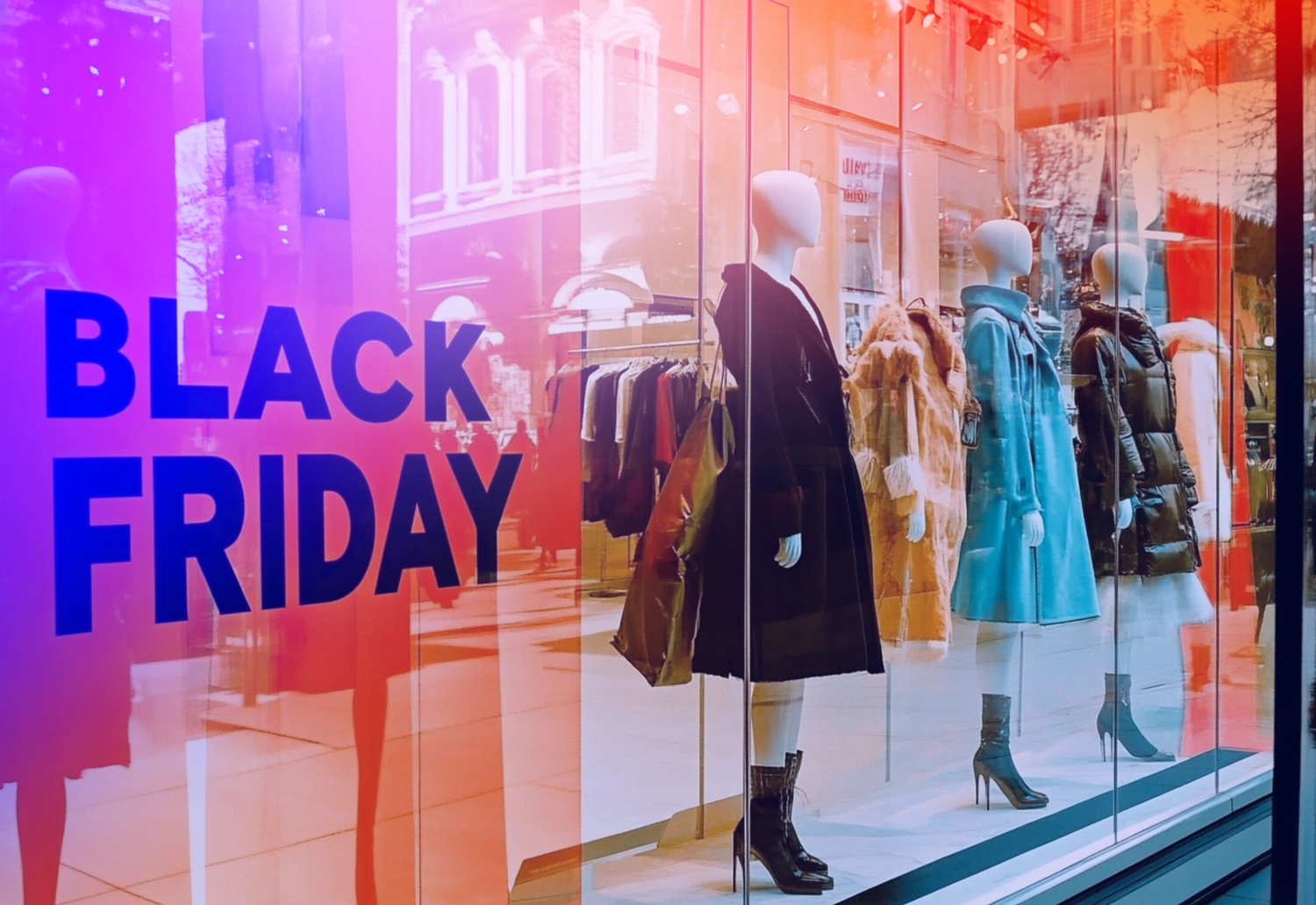Share this post

BOSTON
Inflation means consumers will buy less. But retailers have made bad moves that will ultimately cost them. Retailers used to look forward to Black Friday and the start of the holiday shopping season, which once accounted for most of their sales and profits for the year.
Not so much anymore.
Analysts say inflation-weary consumers are likely to cut back on spending this season. And though retailers can’t control the economy, many of them have overreacted to trends and conditions in ways that may ultimately cost them sales and profits.
It’s already looking pretty grim. Total retail sales from September to October fell 0.1 percent, the first month-over-month decline since March.
“This feels like an ominous sign,” said Ted Rossman, senior analyst for Bankrate.com.
Retailers may have only themselves to blame for what could be a mediocre to lousy holiday season.
Here are three ways they messed up this year:
Discount fatigue
Believe it or not, there is such a thing. Long ago, consumers could expect deals on Black Friday, and then the last few days leading up to Christmas.
But retailers now bombard consumers with “Black Friday” deals as early as September. To make matters worse, Amazon launched its second Prime Day of the year in early October, forcing other retailers to push out holiday promotions earlier than they had expected.
Nonstop promotions defeat the point of promotions. The original idea was simple: offer consumers a short-term deal on one item with the hopes that once they get into the shopping mood, they’ll also buy other merchandise at higher prices.
Instead, thanks to relentless holiday discounting, retailers have just conditioned consumers to never buy anything at regular price. Which is great for the consumer but wreaks havoc on retailers’ profit margins.
“It’s a dangerous place to be,” said Eric Girouard, chief executive of Brunt Workwear, an online men’s apparel startup in North Reading. “It’s hard to make money when you’re always 50 percent off.”
And all the promotions do little to win long-term loyalty as consumers just wait for the lowest price they can get.
“It’s a race to the bottom,” said Carol Spieckerman, president of Spieckerman Retail consulting firm.
Crime-ridden stores?
Judging by some retailers’ public statements this year, the entire industry is under siege from thieves and criminals, who are threatening the safety of customers and employees alike.
Target Corp. has been among the most vocal. In May, CEO Brian Cornell disclosed that inventory shrinkage, which is retail code for all of the stuff people steal from its stores, will have cost Target $1.1 billion in profits from 2022 through the end of this year.
It wasn’t just shoplifting plaguing Target stores, but also violent crime, Cornell said.
Indeed, Target, Walgreens, and Walmart have closed stores in major cities this year, including San Francisco and Chicago. And CVS Health, based in Woonsocket, R.I., has had to place ordinary products such as shampoo and toothpaste in locked cases.
Those grim warnings of crime and danger don’t exactly jibe with the image retailers want to project this season: cheerful shoppers flocking to brightly decorated, festive stores filled with Christmas spirit.
Crime does cost retailers billions of dollars every year. The question is whether they have exaggerated the problem to the point where they might have scared off customers from frequenting stores during the most important time of the year.
Shoplifting incidents in the United States last year did jump 13.4 percent over 2021, according to calculations of recent government-released crime statistics data by Coresight Research. However, those numbers are still below pre-pandemic levels, the firm said.
“Yes, theft is an issue,” added DeAnn Campbell, a retail consultant for AAG Consulting. “But it’s not as dire as many have portrayed it.”
It’s also worth noting that Target has been struggling to increase sales this year. Companies that have performed well, including TJX Companies and Dick’s Sporting Goods, have said nothing about theft in their financial statements.
TJX, the Framingham-based company that operates the T.J. Maxx and Marshalls chains, is trying to split the uprights with its messaging.
“We believe we have taken appropriate steps to help enable our customers to have an enjoyable and safe shopping experience this holiday season,” a TJX spokesperson said in a statement.
“We have a number of security measures in place, and have trained Associates in how to respond to a variety of situations, should they arise.”
Earlier this month, Cornell of Target told CNBC that the retailer has made “real progress” in curtailing shoplifting.
Just in time for the holiday shopping season.
Too much stuff
The pandemic severely messed up retailers’ supply chains. But 2023 marks the first time since COVID-19 hit that companies have relatively stable inventories, said Jeff Bornino, a former top supply chain executive at Kroger.
Retailers are now getting a better picture for true demand. They will get to see what items that will really interest consumers.
But Bornino said retailers still suffer from one big problem: they carry too much stuff.
Retailing is an industry that’s particularly susceptible to FOMO — Fear of Missing Out. Companies worry about losing sales to the competition. So they carry excessive amounts and types of products, many of which won’t sell, Bornino said.
You can’t be everything to everyone. You can overwhelm customers with too many products. You’ll have items that don’t matter competing for shelf space with products that do connect with consumers.
In fact, Bornino estimates retailers on average should eliminate 15 to 20 percent of their inventories. Otherwise, they will have to keep cutting prices to get unwanted products out of their stores.
For retailers, “there is an unwillingness to face reality,” Bornino said.
This article was originally written by Thomas Lee and published by The Boston Globe on November 23, 2023.
